India has been a land of recreational games that finds its origin even in the ancient historical texts! These games were the sources for mental and physical fitness for the population, the young and the old alike.
History also reveals that games have always brought different nations together. A large crowd gathers to celebrate the colours of the game, with the ones winning game coming out with flying colours. Games help in building qualities like team-spirit, discipline, and patience. While players become God, the game itself becomes a religion.
But did you know that these popular games originated in India? These are 10 popular sports which are popular internationally, and have their origin in India!
1. Polo
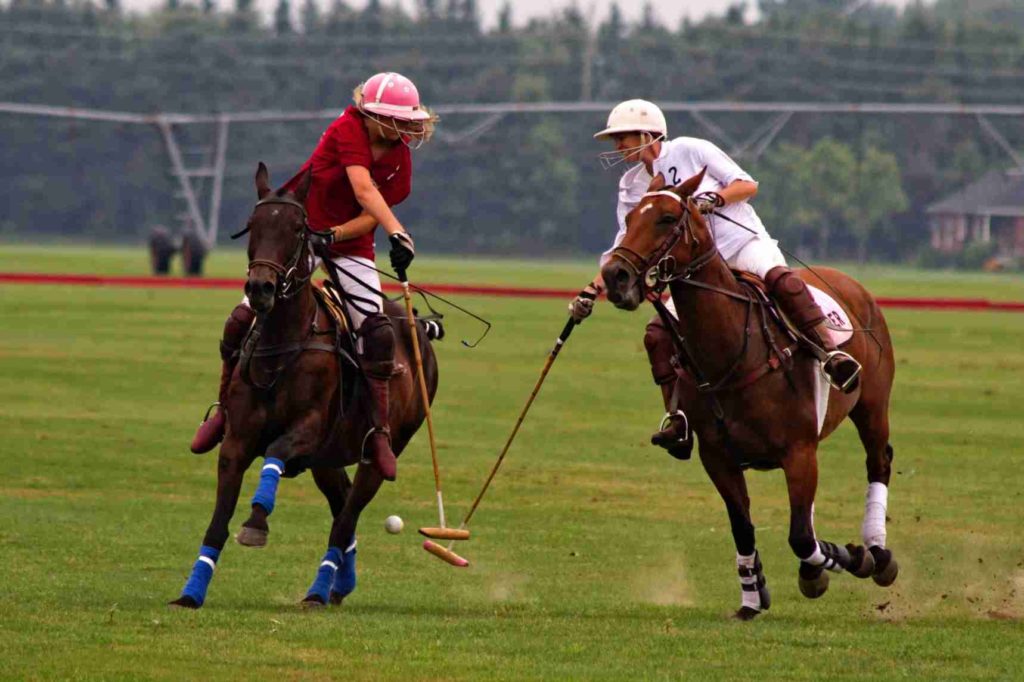
While Central Asia is the home for the origin of Ancient Polo, it was the Indian state of Manipur which started the modern form of the game. Back in the 15th Century, the Mughal Emperor Babur made the sport famous among courtiers. British later adopted the idea of the game and hence the game spread across the world. The game is played with the player sitting on the back of the horse.
Interesting Fact – Britishers invented there own variation of Polo – on an elephant back!
The Elephant Polo is also famous in the Indian states of Rajasthan, and even in countries like Nepal, Sri Lanka, and Thailand.
2. Jallikattu
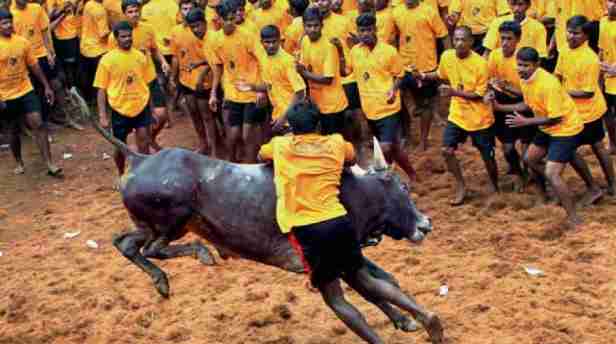
So you thought Bull-fighting originated in Spain? Well at some point in time, we all thought the same!
But did you know that we have our ancient version of ‘bull-fighting’ named differently in different states? Jallikattu, Eruthazhuvathal, or Manju Virattu is celebrated during Pongal. Bulls are kept especially for the occasion and are well-fed till the D-Day.
Interesting Fact – Previously, bull-taming was a popular sport among the Tamilian tribe, to showcase bravery.
But now, this has become a form of entertainment. Each year, competitions are held with prize money for the winner. Earlier, bullfighting was a popular sport of Tamil Nadu’s ancient tribes. Now, the game is popular as a platform to show bravery and earn some prize money.
3. Ludo
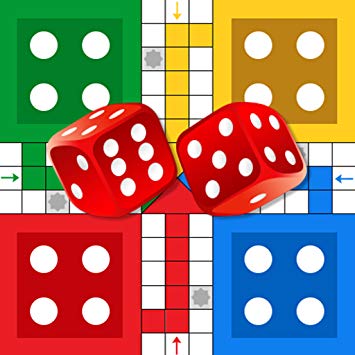
This indoor game is something that every family in India can relate to. At some point in our life, we’ve all sat up for a Ludo Competition with the loser giving a treat at the end!
But did you know that Ludo was earlier called ‘Pachisi’, the board is made either of jute or a cloth? Akbar was a known enthusiast of the game.
Interesting fact – there is a depiction of ‘Pachisi’ in Ajanta Caves of Maharashtra. Who could have made this? Let us know in the comment section
Pachisi is said to be an evolved version of ‘Chausar’, a game played by the Kauravas and Pandavas. In modern history, Britishers modified the game to be used with a dice cup and a cubic dice, which was patented as ‘Ludo’ in England in 1896.
4. Snakes and Ladder

‘Moksha Patam’ or the ‘Liberation board’ is an ancient Indian game that is believed to be created by Saint Gyandev in the 13th Century. Interestingly, it was during this phase that the Bhakti Movement was popular in South India.
Interesting fact – Like the 100th square represents ‘bliss’ or ‘Nirvana’ in life, the 41st square and the snake represents ‘disobedience’ as a vice.
The snake in the game represented ‘Vices’ which the ladder represented ‘Virtue’. Similar to the Theory of Karma, Good Karmas will bring joy or virtue in the form of climbing the ladder, while the Bad Karmas will fetch vice, sorrow, and pain.
5. Cards
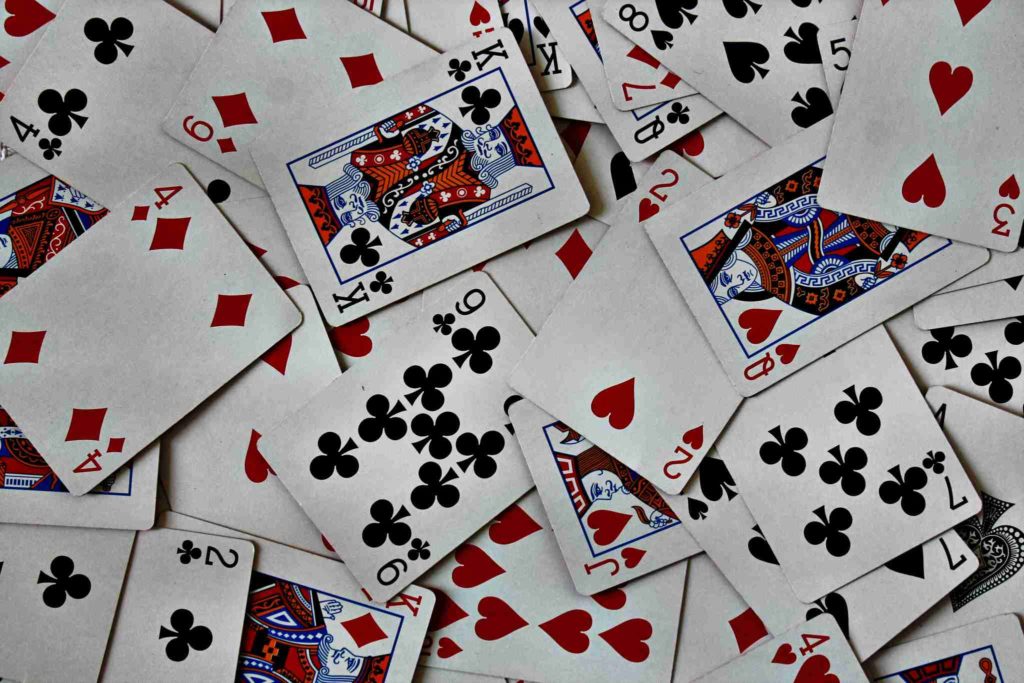
We play this game on Diwali. Playing cards can be used for different games like Bluff, Rummy, Bridge, etc. The game is said to have originated during the times of the Mughals in the 16th Century.
Called ‘Ganjifa’, the game was played with lavish cards. Why wouldn’t they be? They were made with tortoise shells or ivory, along with precious stone decorations.
Interesting Fact – There are a total of 52 cards in a deck and there are 52 weeks in a year. Interestingly, the total sum of all the values of the 52 cards (Ace = 1, King = 13, Queen = 12, Jack = 11) and 1 Joker is 365.
Does it seem like a connection between cards and the revolution of the planet?
6. Chess
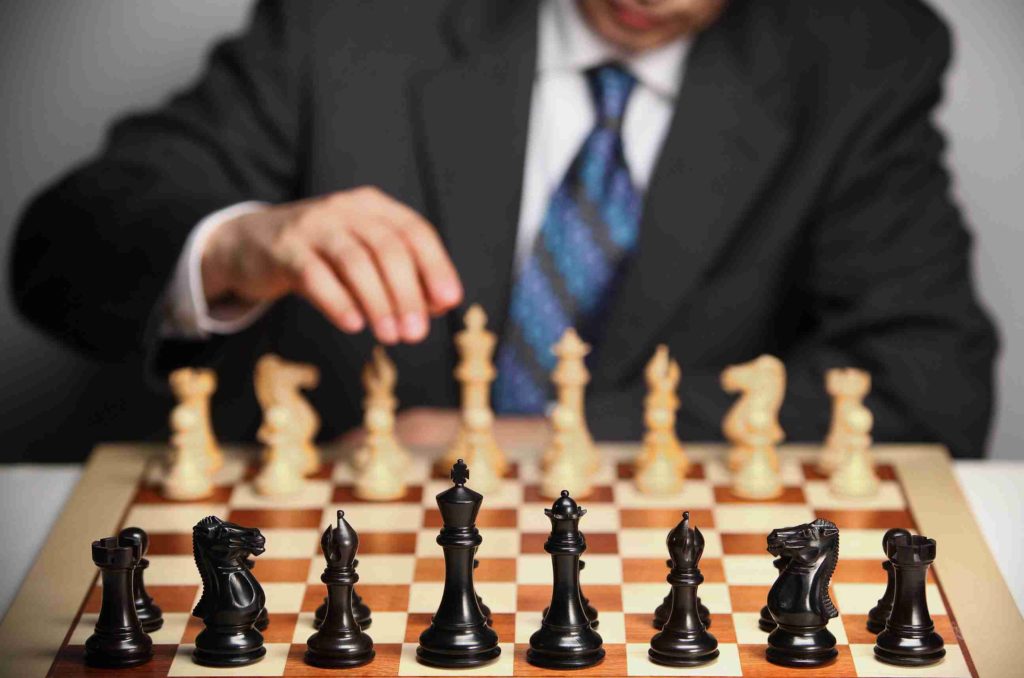
Initially called ‘Ashtapada’, this is one of the most ancient games which finds its origin in Ancient India. ‘Ashtapada’ was a name given to it by the Gupta Empire. Later, the Persians who arrived and travelled throughout India, took back the game with them calling it the ‘Shatranj’.
Interesting fact – Did you know that one of the board games discovered from the Indus Valley Excavations is similar to a Chess game?
British came in and increased the popularity of the game throughout the world. Thanks, to a renowned master in the game – Vishwanathan Anand who has won multiple championships including the World Chess Championship. In fact, in total, there are celebrated grandmasters in the game from India!
7. Kabaddi
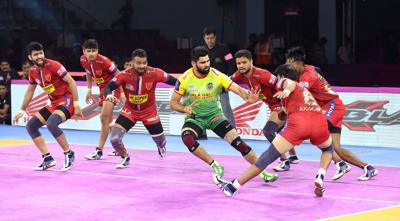
Pro Kabbadi league has popularized and reinvented the commercialization of the game all around the world. But did you know that Kabaddi was believed to have originated in the now Tamil Nadu, about 4000 years ago?
In our country, ‘kabbadi’ isn’t the only way it is known. Rather, the sport is called by five names having five variable forms – Gaminee, Amar, Circle, Goongi, Suranjeevii.
It was in the 1936 Berlin Olympics, that the fast-paced game recognized worldwide fame. The game is famous as a part martial tradition in Punjab.
Interesting fact – Kabbadi is the national sport of Bangladesh. It is also the state game of 10 states in India. Can you name them?
India won the first Asian Kabaddi Championship, which was held in 1980!
8. Carrom
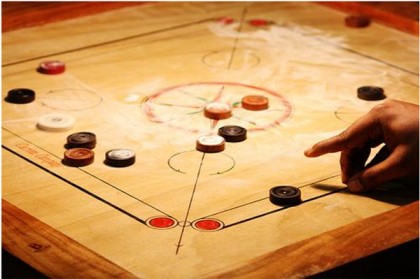
Known as the ‘strike-and-pocket’ game, Carrom is quite a popular game played in South Asia, and parts of the Middle-East. According to a few sources, it was some Indian Maharajas who invented the game a few centuries ago. Though, such claims cannot be made without references. But what gives the theory some credibility is the ancient glass carrom board, which was discovered in Patiala, Punjab.
Interesting fact – Previously, hexagonal boards were used for playing carrom. But now, world tournaments are only held in square carrom boards.
India had formally started the different federations of carrom clubs, distributing prizes from different sponsors of tournaments. But with the development of fame, the manufacturing of the carrom board also started in India.
These carrom boards are often made of high-quality woods, making exports to the US!
9. Badminton
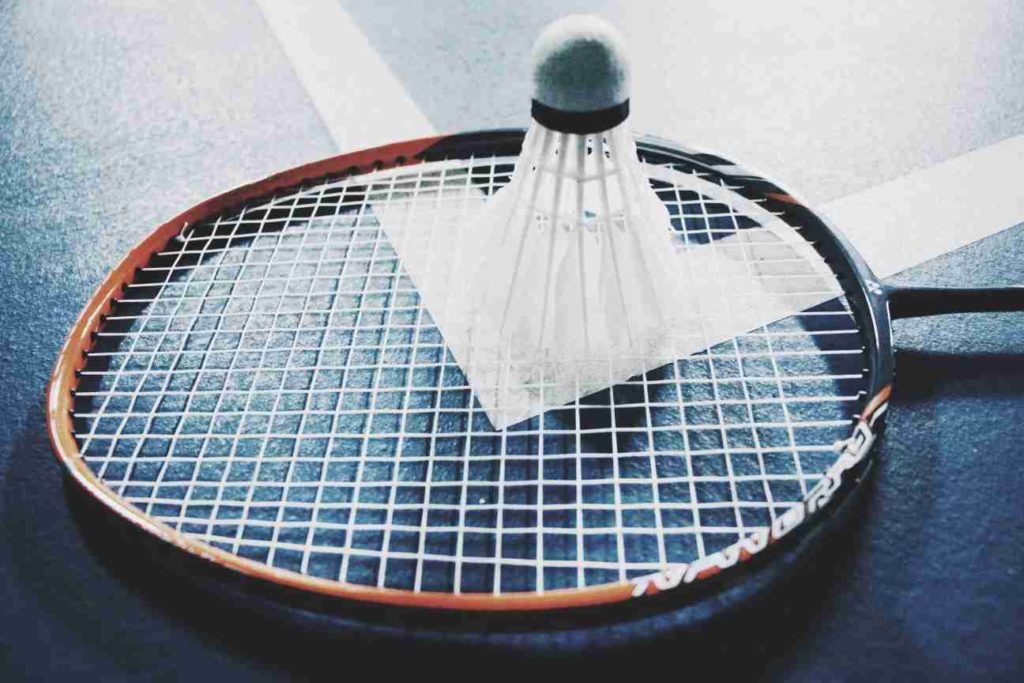
Badminton during the British era of India when it was played in the then town of Poona. The rules were made up in 1873 in Poona itself.
The two games of ‘Battledore’ and ‘Shuttlecock’ merged to give us the presently known game of ‘Badminton’. The two expatriate Britishers in India derived the name ‘Badminton’ from the Duke of Beaufort’s ‘Badminton House’.
Interesting fact – Asian players have won a staggering 93 of the total 103 Olympic medals since Badminton was included in the Olympic in 1992.
India wasn’t though one of the founding members of the ‘International Badminton Federation’ in 1934, and joined the affiliate only as British Indian in 1936.
10. Kho-Kho
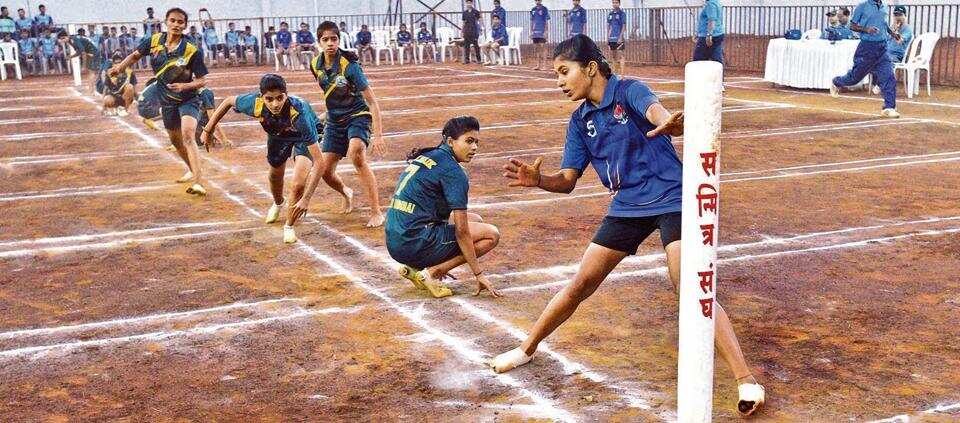
The game of ‘chase’, as it is called, is earlier known to be played in Maharashtra. Ancient Indian History contains references to ‘rathas’ or Chariots, and Kho-Kho was played on these rathas. The game was then called ‘Rathera’.
It was in 1935 that Akhil Maharashtra Shareerika Shikshan Mandal officially published the rules of the game. Eventually, the game gained popularity.
Interesting fact – Apart from it being popular in South Asia, it is also played in South Africa.
India recognized its first Kho-Kho championship in 1959 under the Kho-Kho Federation of India.






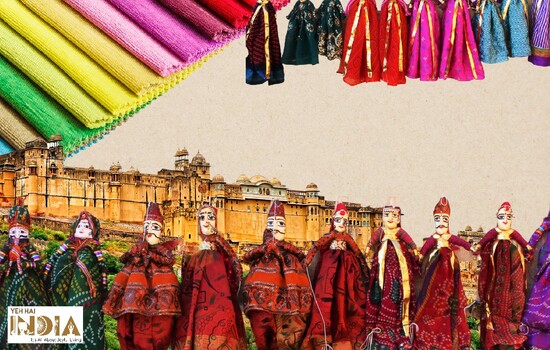


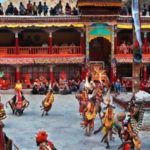
Thank you. It was a great read for me.
I feel happy to see your profile that you are from Jamshedpur and I get inspiration from you and your enthusiasm towards our country and its diversity seems reliance
Snake and ladders is international game or not
Nice one
Nicely written!
Wow.. lots of interesting information